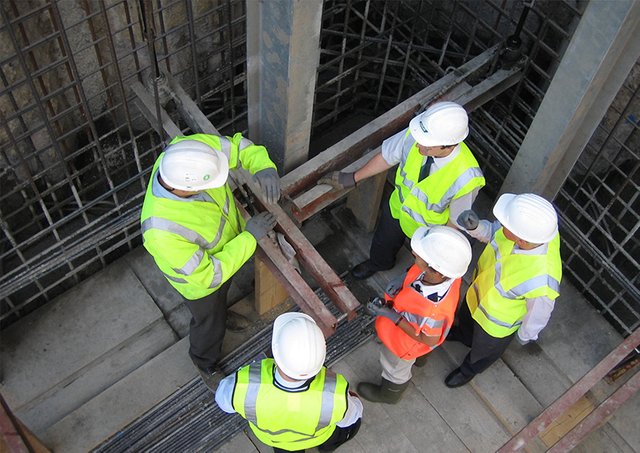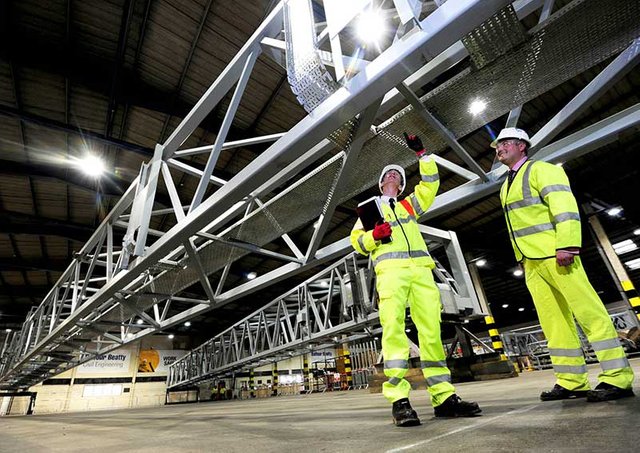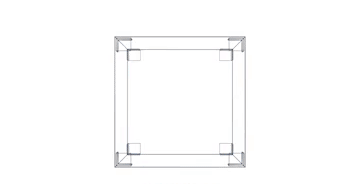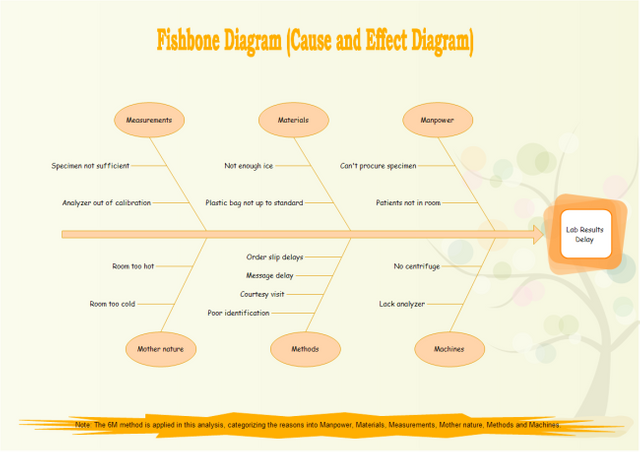
 .
.This is because in every job must have the root of the problem. So the root classification of this problem needs to be done in order to be easy in its completion. In analyzing and finding the root problem of a problem. Once the root of the problem is found, it does not mean to be silenced or shelved, but the next step that is not less important is to categorize the root of the problem, including in what part. This is required because different categories require a different approach.
Categorization or classification of the root of the problem can use the model Fishbone diagram (fishbone diagram) or commonly called Ishikawa. This is actually a cause-and-effect diagram, ie because "x" causes "y". Initially, as a tool of quality management tools, only recognize 5 (five) categories: Manpower, Machine, Method, Material, Media. But with the development of further management, added categories Motivation (soft competency) and Money (Money). In some management experts, sometimes including this motivation remains in the Manpower category, and Money into the Media category.
How to categorize the root of the problem into 7M principles? We must first recognize what the category of each of the "M" of the seven is.
- Manpower (Labor). Is all matters related to labor aspect seen from aspect: weakness of knowledge, lack of skill, experience, fatigue, physical strength, slow speed of work, a lot of work pressure, stress etc.
- Machine (Machinery, equipment, Infrastructure). Is any problem related to aspects of equipment, machines and other physical tools. For example: maintenance of machines, machine support facilities, incompleteness of machinery / equipment, calibration of machines / tools that are not standard, weak machine resistance, difficulty in machine use, machine not user-operability, etc.
- Methods (Method and work procedure). Is all matters related to working methods and procedures. For example work procedures are missing, unclear working procedures, elusive methods, nonstandard methods, unsuitable methods, methods contrary to other methods etc.
- Materials (main raw material materials, auxiliary raw materials). Related to the availability of main raw materials or auxiliary materials related to the root of the problem, by looking at aspects: raw material quality is not standard, raw material is not complete, raw material quantity is not uniform, Nonstandard size and specifications etc.
- Media (media, work environment, working time). Ie seeing the aspects of workplace, time, environment that is not supportive. Usually this category includes: less clean, occupational safety and health, less bright environment, poor ventilation and circulation, noise factor, floor factor is slippery / wavy and so on.
- Motivation (motivation, soft competency). This is related to work attitude, work behavior, work culture that is not correct or not conducive. Can be classified as: not creative, not proactive, do not want to cooperate and so on.
- Money (money and finance). Associated with financial and financial aspects that have not been supportive and steady. For example: budget unavailability.
After categorizing the problem, then the problem solving can be more focused and the solution will be more appropriate.
So steemians friend little introduction about quality control guidelines that can be applied in the civil engineering world as I got from Guide to Quality Control by Kaoru Ishikawa. Hopefully can add insight and improve our ability in menyelaesaikan problem.


This post has received a 15.09 % upvote from @nettybot thanks to: @irwanumpal.
Send 0.100 SBD to @nettybot with a post link in the memo field to bid on the next vote.
Oh, and be sure to vote for my owner, @netuoso, as Steem Witness
Have a great day!
Downvoting a post can decrease pending rewards and make it less visible. Common reasons:
Submit
@irwanumpal got you a $3.41 @minnowbooster upgoat, nice! (Image: pixabay.com)
Want a boost? Click here to read more!
Downvoting a post can decrease pending rewards and make it less visible. Common reasons:
Submit